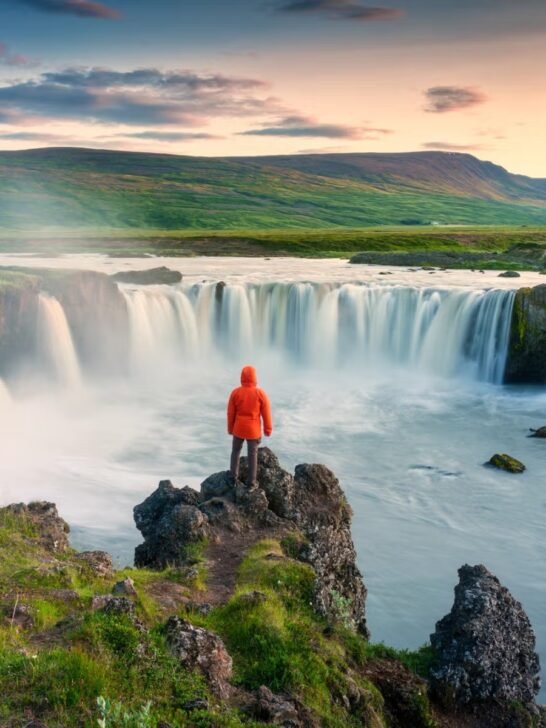How to Enjoy Your Travel to Iceland Without Breaking the Bank, with its dramatic landscapes, bubbling hot springs, and captivating Northern Lights, is on many travelers’ bucket lists. But it’s no secret that this Nordic gem can also come with a hefty price tag. The good news? Experiencing Iceland doesn’t have to drain your bank account. With a bit of smart planning, you can explore this stunning country on a budget while still soaking in all its natural wonders.
Here’s how to enjoy your Iceland adventure without spending a fortune:
1. Travel During the Shoulder Season
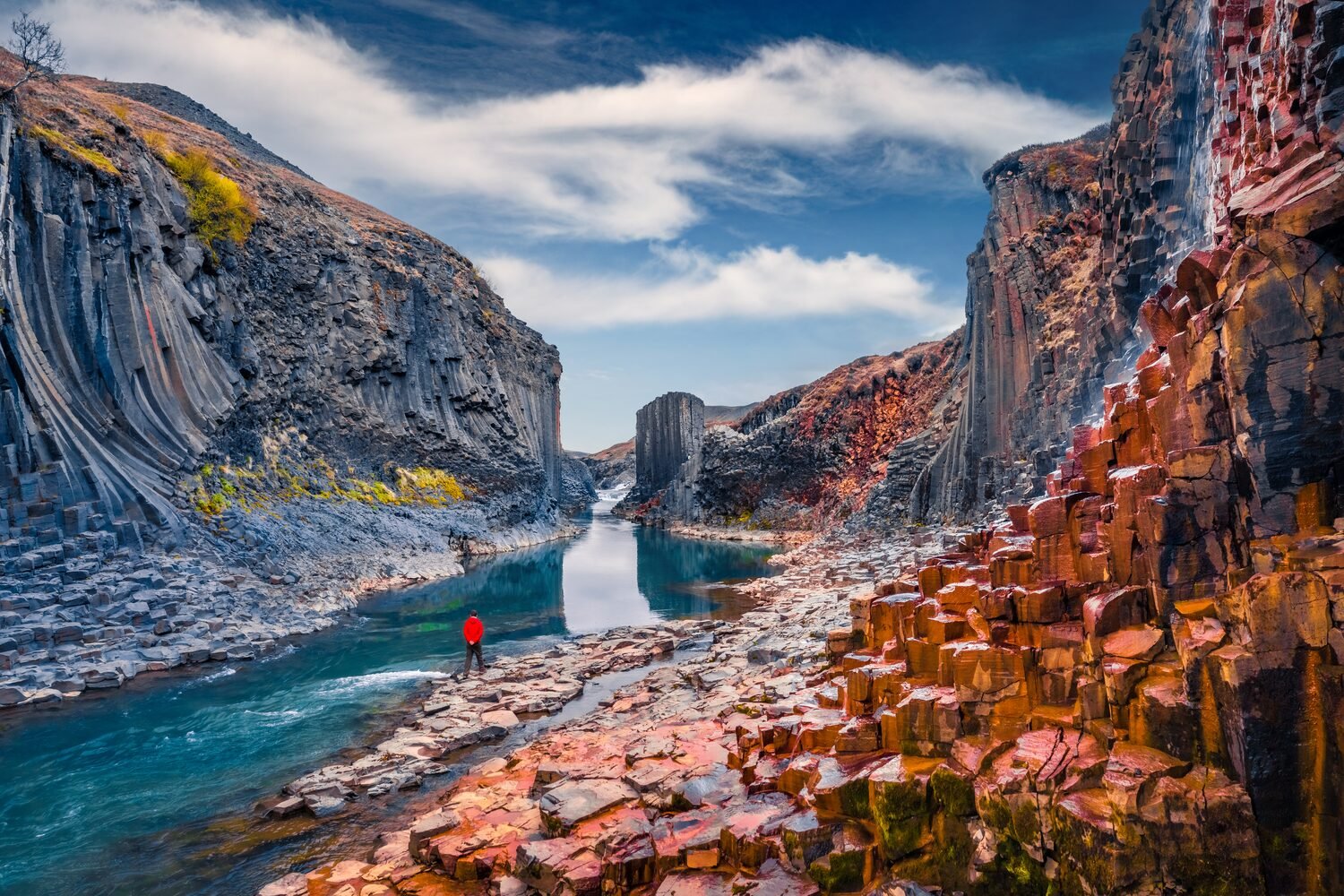
The summer months (June to August) are Iceland's peak season, bringing higher prices and bigger crowds. Instead, consider traveling during the shoulder seasons—late spring (April-May) or early fall (September-October). During these months, you'll find:
- Lower flight and accommodation prices
- Fewer tourists at popular attractions
- A chance to catch the Northern Lights (in fall)
Bonus: Most of the popular hiking trails and roads are still accessible.
2. Snag a Budget Flight

Several budget airlines fly directly to Iceland, especially from Europe and North America. Keep an eye out for flight deals with airlines like Play Airlines or Icelandair, and use fare comparison tools like Skyscanner or Google Flights. Booking in advance or mid-week can often yield the best prices.
3. Stay Smart: Budget Accommodation Tips
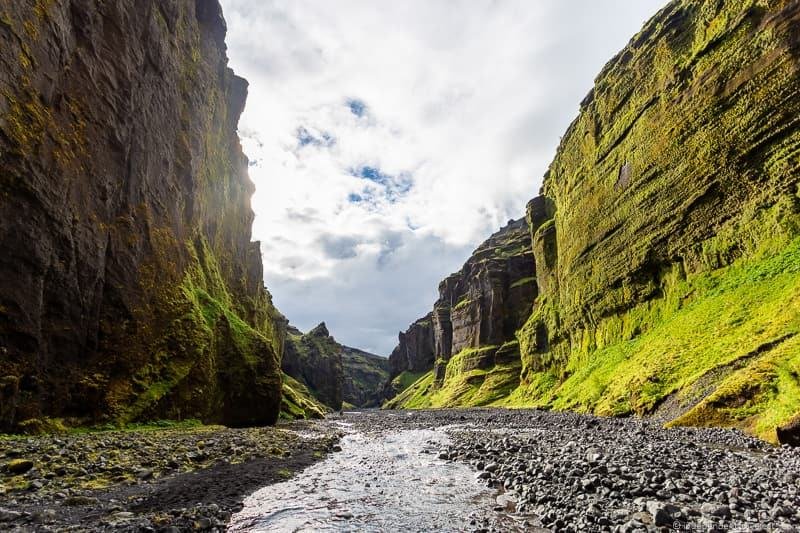
While Iceland doesn’t have the cheapest hotels, there are affordable alternatives:
- Guesthouses and hostels: Many are well-maintained and offer shared kitchens.
- Camping: In summer, this is a fantastic and scenic option. Iceland has numerous campgrounds, and you can even rent a campervan to combine transport and lodging.
- Airbnb & farm stays: Offer unique, local experiences—often at lower prices than hotels.
Pro Tip: Book accommodations outside of Reykjavik for better rates and a more authentic experience.
4. Cook Your Own Meals
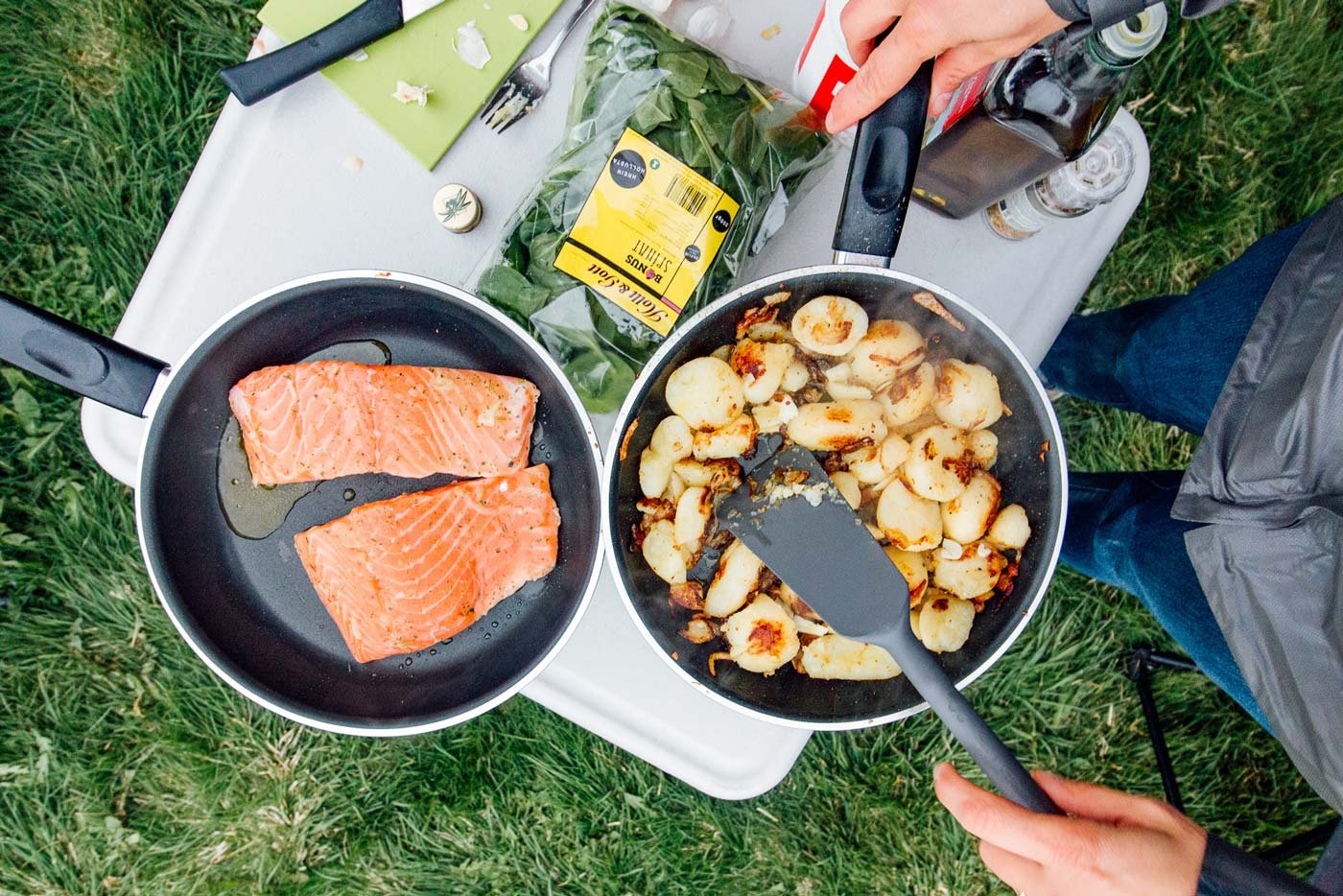
Eating out in Iceland can be surprisingly expensive, with basic meals easily exceeding $20 USD. The secret to saving? Shop at local grocery stores such as Bonus, Kronan, or Netto and prepare your own meals.
Many hostels, guesthouses, and Airbnbs include access to a kitchen. And nothing beats enjoying a sandwich with a view of a waterfall or volcano!
5. Prioritize Free (and Breathtaking) Attractions

Iceland’s greatest treasures are free: its landscapes. Some unmissable (and free) experiences include:
- Golden Circle Route: Þingvellir National Park, Geysir geothermal area, and Gullfoss waterfall.
- Seljalandsfoss and Skógafoss Waterfalls
- Reynisfjara Black Sand Beach
- Fjaðrárgljúfur Canyon
- Kirkjufell Mountain
- The Northern Lights (during the right season)
You don’t need to pay entrance fees to be blown away in Iceland. Just hit the road and explore.
6. Skip the Tours (When Possible)

While some tours (like glacier hiking or inside-the-volcano tours) are worth the splurge, many of Iceland’s main attractions can be visited on your own with a rental car.
Renting a car gives you the freedom to explore at your own pace and save on guided tour costs. Look for fuel-efficient options or share the ride with other travelers to split fuel and rental costs.
7. Use Public Pools Instead of Pricey Spas
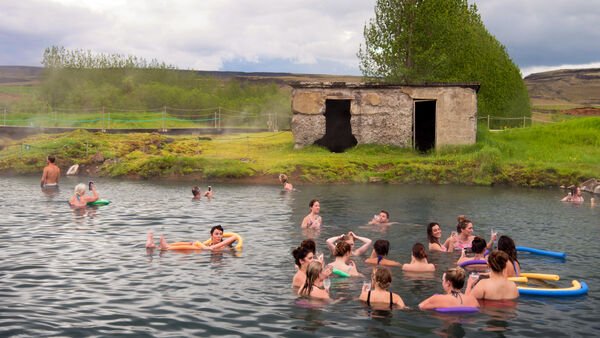
The Blue Lagoon is iconic, but it comes with a steep price tag. Iceland is dotted with geothermal swimming pools and hot springs that locals love—and they cost a fraction of the price (or are even free).
Try:
- Secret Lagoon (in Flúðir)
- Reykjadalur Hot River (a scenic hike and soak)
- Local pools in every town—clean, warm, and affordable
8. Bring the Right Gear
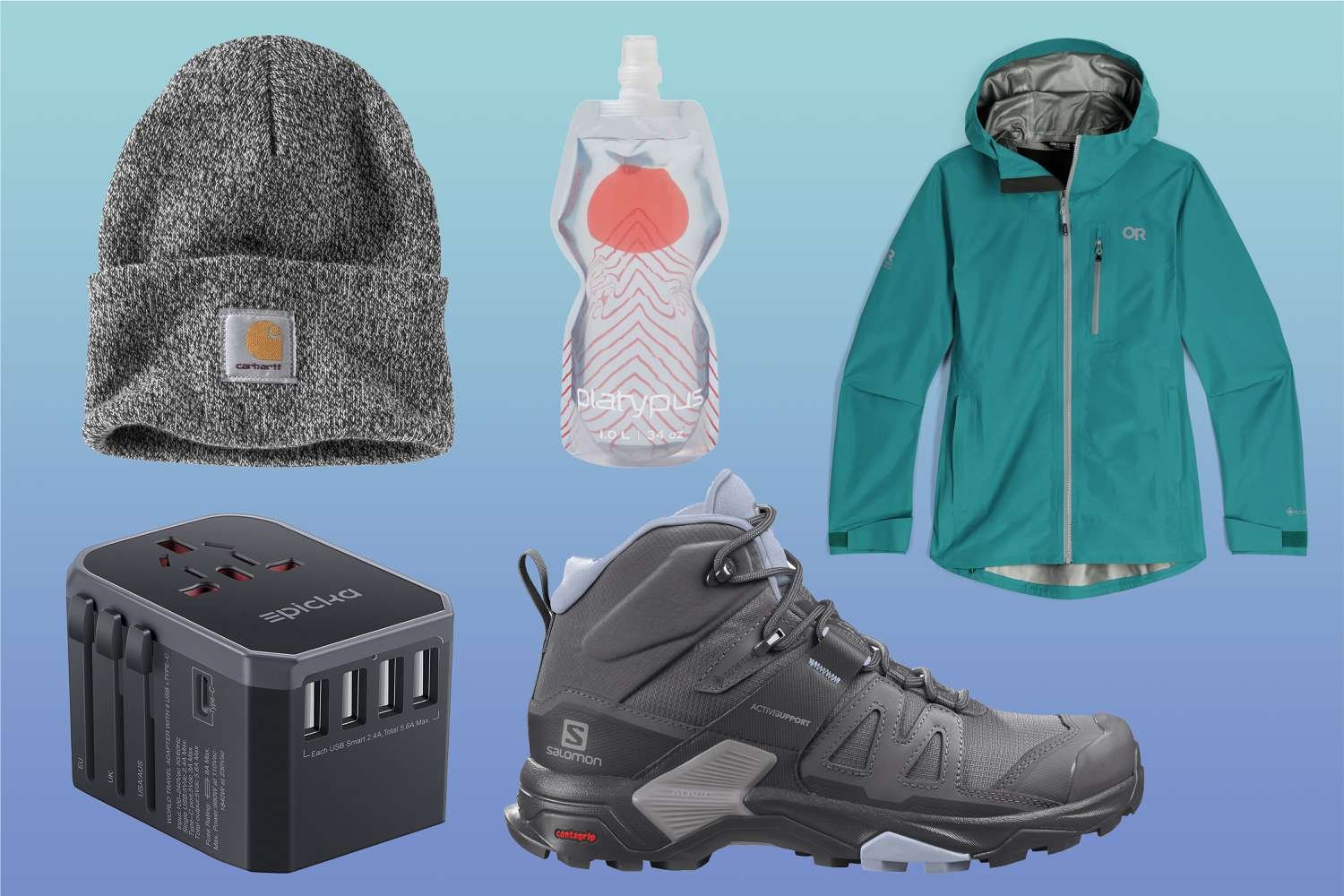
Weather in Iceland can be unpredictable. Come prepared with waterproof jackets, thermal layers, and sturdy boots so you don’t need to buy expensive gear on arrival. Also, pack snacks and a reusable water bottle—tap water is clean and free!

